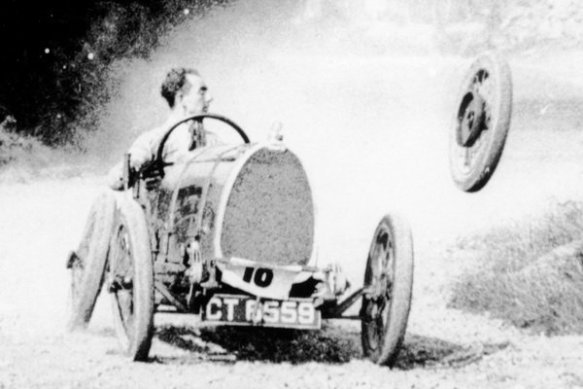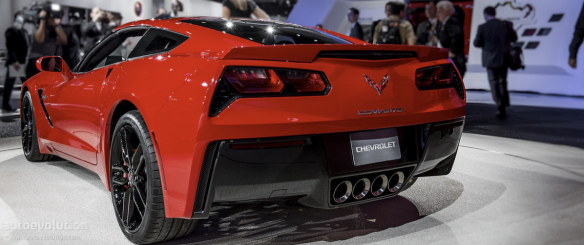I haven’t been the biggest fan of Lamborghini recently (read). They have the nasty habit of keeping cars on the market far too long. The Murcielago lived a mortifying 10 years, while the Gallardo is currently pushing 11, a full three generations in Ferrari time (360, 430, 458). Lamborghini just strikes me as the laziest sports car brand on the planet. Did I mention they’ve only managed to win one race in their entire history?
But recently, Lamborghini has been showing signs of a renaissance with their emphasis on limited-run cars. The industry needs more of this, and I’m not talking about Pagani and Koenigsegg flooding the market with even more one-offs that amount to little more than a special paint job. Safety and emissions requirements have really killed the low volume sports car industry, but no company is better positioned than Lamborghini, with VW money behind them, to make some truly outrageous stuff. With Audi and Porsche also under VW and their respective sports cars encroaching on Lambo’s entry price/performance point established by the Gallardo, the opportunity to redefine Lamborghini as a truly low-volume performance brand is screaming at the VW board.

Sesto Elemento is carbon fiber heaven
Forget the Gallardo. It doesn’t do the brand any favors, and Ferrari owns that part of the market. The Aventador needs be the minimum entry point for Lamborghini ownership. Take the resources that would have gone towards the Gallardo replacement and focus on building some truly special cars. Elevate the brand above Ferrari. The Sesto Elemento, with production limited to 20 and outrageous performance thanks to 600hp and 2,200lb curb weight, demonstrated that Lamborghini was headed in the right direction. But then they went about launching the Veneno, and really missed the mark. $4 million for the privileged to own a reskinned Aventador? No thanks. The whole thing felt half-assed. As if that wasn’t bad enough, each Veneno, of which there are only three, will wear one color of the Italian flag. My heart goes out to whoever drew the green straw.
On their 50th anniversary, Lamborghini again returned to form with the Egoista. The stats aren’t important but rather the underlying forces that brought about this car. “Hedonism to the extreme” emerged as its guiding principle. A centrally located single seater, the car looks ill-equipped for anything outside of driving, as a true sports cars should be.

Egoista: proof that hedonism can be a good thing
Maybe it’s a little obnoxious, even by Lamborghini standards, with the fighter pilot head-up display and slightly uncomfortably styling (the front reminds me of a Nintendo 64 controller), but the Egoista manages to successfully break from the stale and tired mass production side of the brand and that was desperately needed. If Lamborghini continues this trend of wild limited-run cars, I just might have to jump on the bandwagon.












